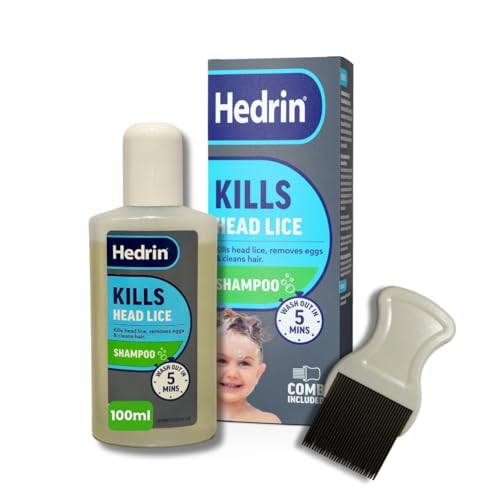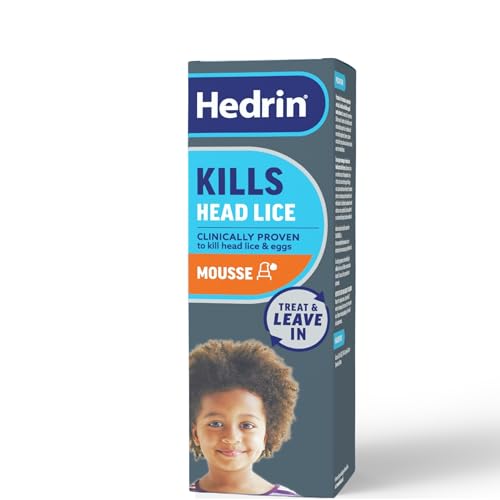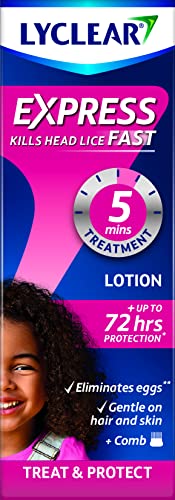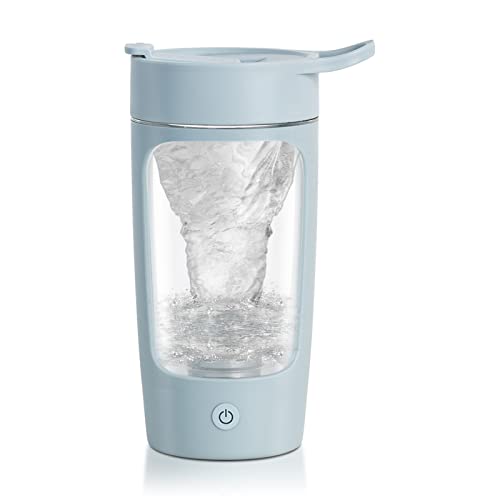Understanding Lice: What You Need to Know Before Treatment
What are Lice?
Lice are tiny wingless insects that infest the human head, body, or pubic area. There are three main types of lice: head lice, body lice, and pubic lice. Head lice are the most common, especially among children. They feed on human blood and can cause itching and irritation. Understanding that lice are not a sign of poor hygiene is essential since anyone can get lice, regardless of cleanliness.
How Do Lice Spread?
Lice spread primarily through close contact with an infested person, typically when sharing personal items such as hats, combs, or headphones. Children are at higher risk due to their close interactions during play and school activities. It’s not uncommon to see a surge in lice cases particularly after school breaks or during sleepovers.
Recognising the Signs of an Infestation
Common signs of head lice include persistent itching on the scalp, irritation, and the presence of lice eggs or nits attached to the hair shafts. If you see small, white or yellowish nits near the scalp, it’s a clear indication of an infestation. Knowing these signs can help you act quickly.
Types of Lice Treatments: Which Method is Right for You?
Over-the-Counter Treatments
Many effective over-the-counter treatments are available in pharmacies, typically containing permethrin or pyrethrin as active ingredients. These treatments can eliminate lice and their eggs but may require a second application after a week to ensure complete eradication.
Prescription Treatments
For cases that do not respond to over-the-counter options, prescription treatments like ivermectin and malathion are available. These are usually more potent and can be necessary for severe infestations or when there’s resistance to OTC treatments.
Natural Remedies
Some people prefer natural remedies, such as essential oils like tea tree, lavender, or neem oil. While these options are more gentle and have fewer side effects, their effectiveness can vary, and they may not be suitable for everyone, especially for severe cases.
How to Use Lice Treatment Products Effectively: A Step-by-Step Guide
Preparation Before Treatment
Before applying any treatment, it’s crucial to read the instructions carefully. Make sure to wash all bedding, clothing, and personal items that the infested person has used in hot water to prevent re-infestation. Keep in mind that lice can survive on objects, so thorough cleaning is essential.
Applying the Treatment
Apply the treatment evenly through the hair and scalp. It is best to section the hair and ensure that every area is covered. Follow the recommended time on the label for how long to leave the product in before rinsing it out. Overapplication does not increase effectiveness and might cause irritation.
Aftercare and Prevention
After using the product, it’s important to comb through the hair with a fine-tooth lice comb to remove any dead lice and nits. This step is often overlooked but is critical in achieving a lice-free scalp. Additionally, to prevent future infestations, avoid head-to-head contact and make it a habit to check the family’s hair regularly.
FAQs About Lice Treatment: Common Questions Answered
How long does it take to get rid of lice?
The time it takes to eliminate lice can vary. Generally, with effective treatment and thorough combing, you can expect to see improvement within a week. However, a second treatment may be required after 7-10 days to eliminate any remaining nits that may have hatched.
Can lice live on pets?
It is important to note that lice are host-specific insects and do not infest pets. Lice require human blood to survive, so while you may find lice in your hair, they cannot be spread through your furry companions.
Are lice treatments safe for everyone?
While many lice treatments are safe for both children and adults, it is essential to follow the instructions and consult with a healthcare provider if the person receiving treatment is very young, pregnant, or nursing.
Choosing the Best Lice Treatment for Your Family: Our Top Picks
Factors to Consider When Choosing a Treatment
When selecting a lice treatment, consider factors such as the severity of the infestation, age of the person being treated, and any sensitivities to ingredients. Products vary in formulation and strength, so ensuring you choose one appropriate for your family’s needs is crucial.
Our Recommendations
For effective and easy-to-use options, we recommend looking into popular over-the-counter treatments like those containing permethrin—these are generally effective and widely available. If dealing with a stubborn infestation, consider consulting with a healthcare provider for a prescription treatment that can offer a more robust option.
Maintaining a Lice-Free Environment
After treatment, consider implementing regular checks and encouraging practices that reduce the chances of re-infestation. Establishing a routine check every few weeks, particularly after social gatherings or sleepovers, can be beneficial to catch any issues early.



























